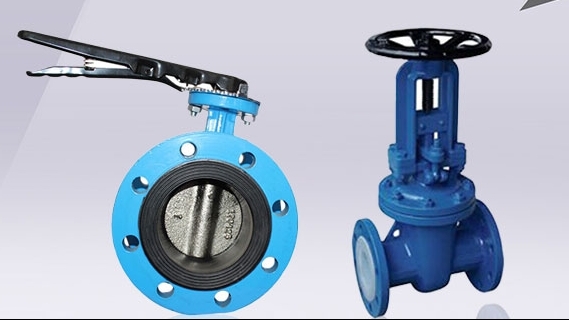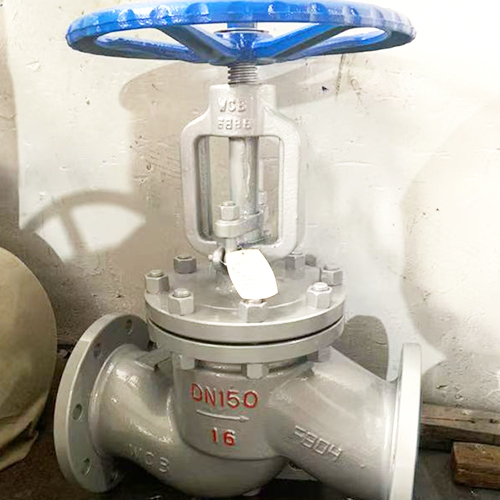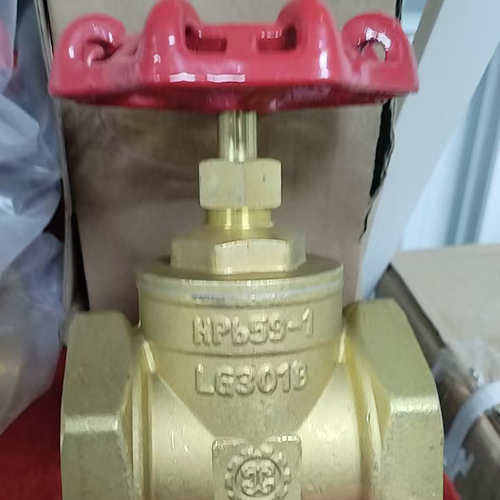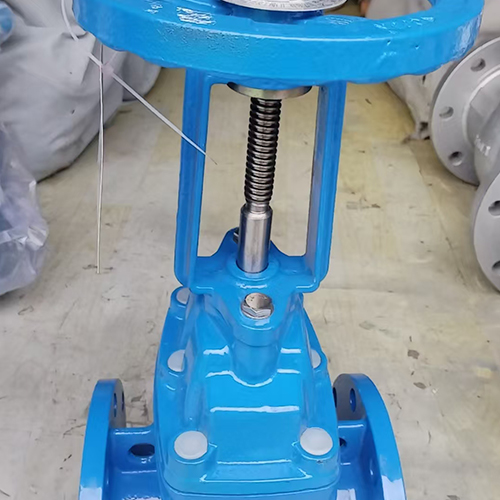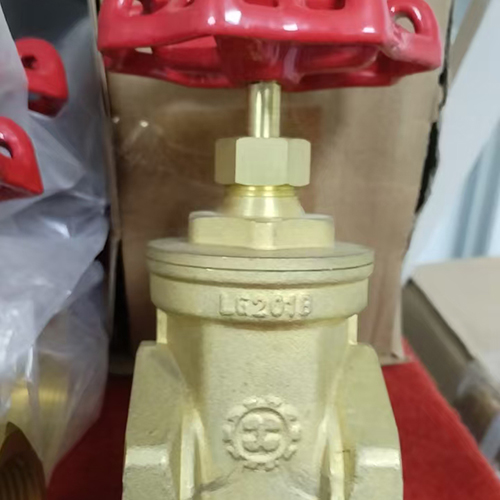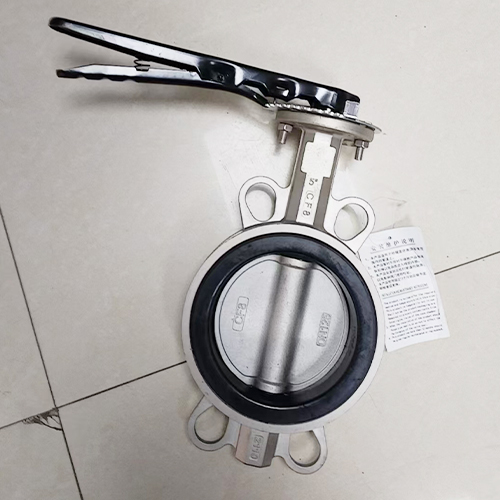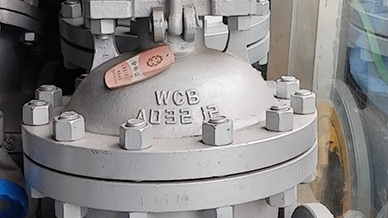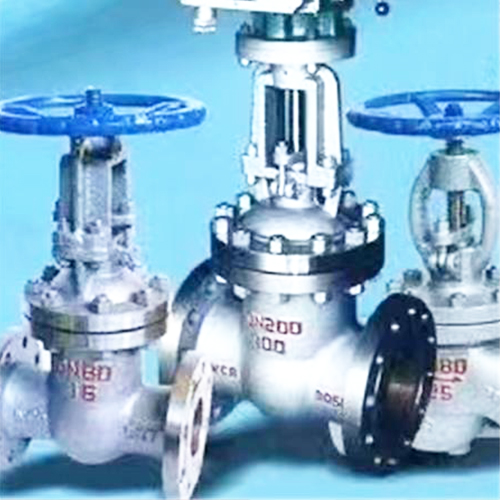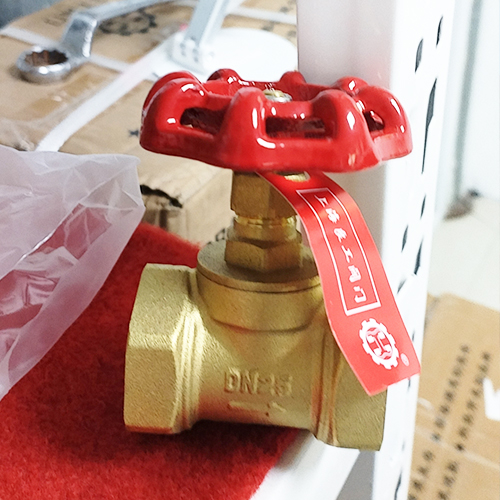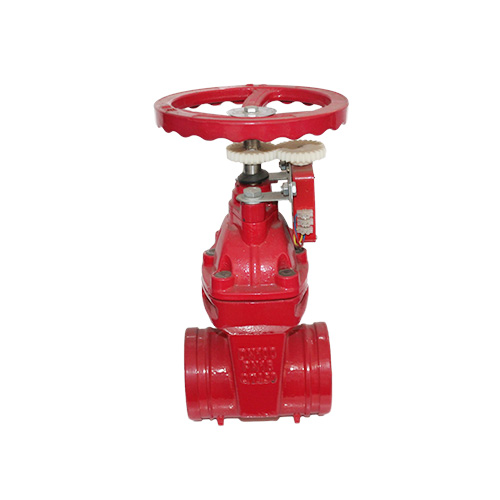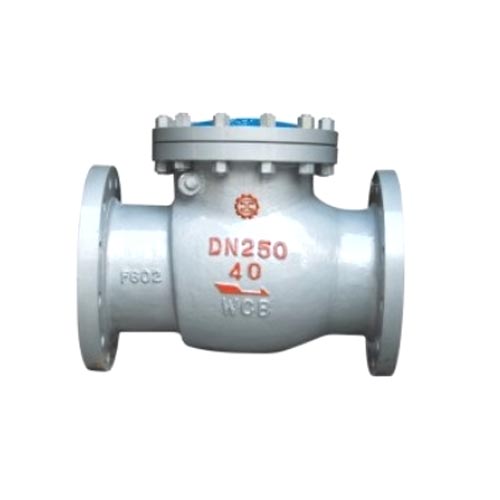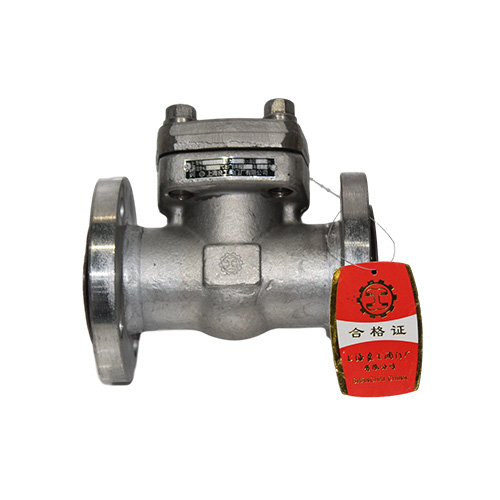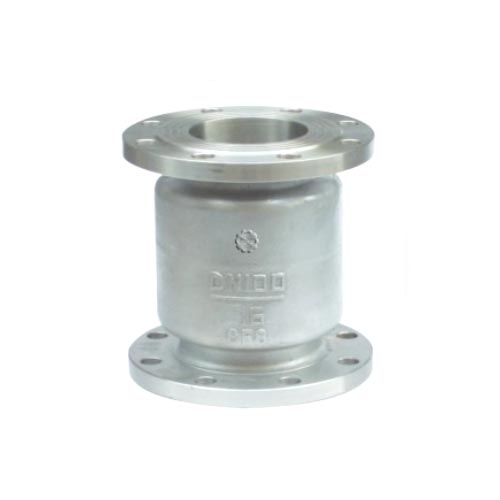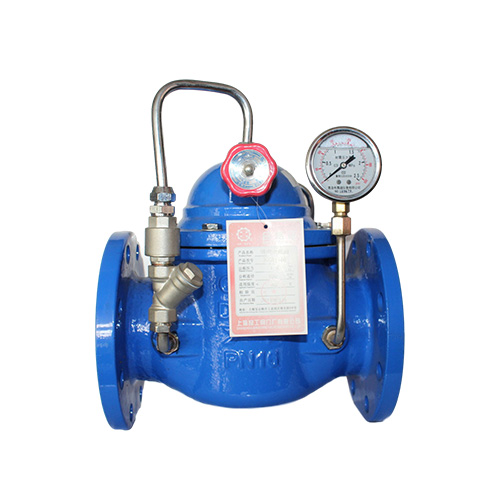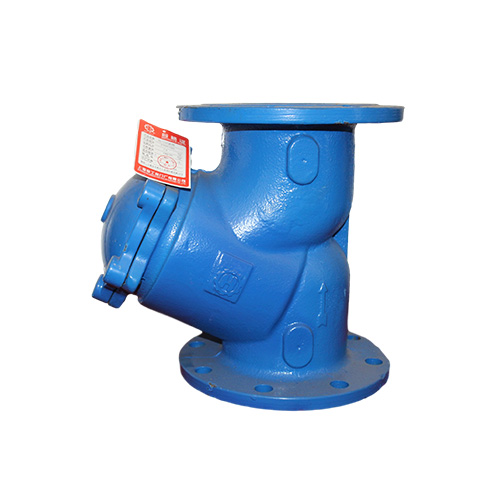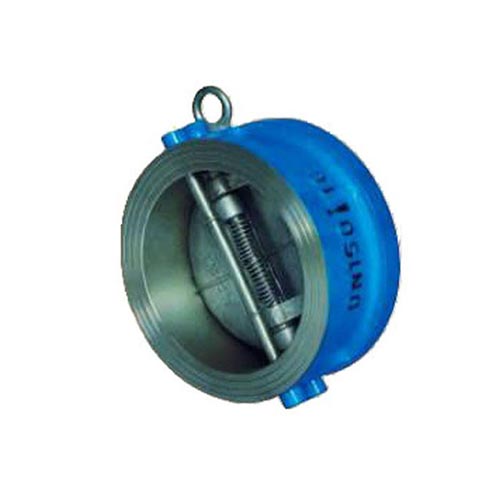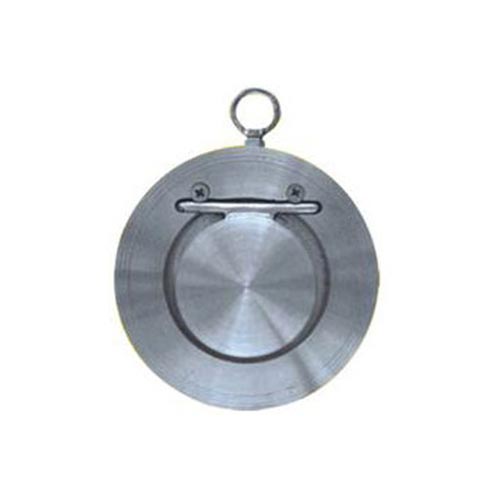阀门,作为流体输送系统中的 “交通警察”,掌控着介质的流向、压力与流量。然而,不同的介质如同性格各异的 “乘客”,有着独特的化学、物理特性,这就要求阀门材质必须与之精准匹配,才能确保整个系统的顺畅运行,避免出现泄漏、腐蚀等 “交通拥堵” 状况。
Valves, as the "traffic police" in fluid transportation systems, control the flow direction, pressure, and flow rate of the medium. However, different media, like "passengers" with different personalities, have unique chemical and physical properties, which requires valve materials to be precisely matched to ensure the smooth operation of the entire system and avoid "traffic congestion" such as leakage and corrosion.
从化学特性来看,腐蚀性介质堪称阀门的 “头号劲敌”。以硫酸为例,这一强腐蚀性介质,在不同浓度与温度下,对阀门材质的考验截然不同。当硫酸浓度在 80% 以上且温度低于 80℃时,碳钢和铸铁阀门能凭借自身特性,对其腐蚀展现出一定的抵抗力。可一旦硫酸处于高速流动状态,这两种材质便难以招架,容易遭受严重侵蚀。而像 304、316 这类常见的不锈钢阀门,在硫酸介质面前,适用范围也较为有限。此时,高硅铸铁或高合金不锈钢成为输送硫酸的优选,它们凭借特殊的合金成分,有效抵御硫酸的腐蚀攻击。氟塑料因其出色的化学稳定性,制成的衬氟阀门也是应对硫酸介质的经济之选。但当压力和温度攀升,塑料阀性能受限,陶瓷球阀则凭借耐高温、耐磨损等特性 “闪亮登场”,扛起保障系统稳定运行的重任。
From a chemical perspective, corrosive media can be considered the "number one competitor" of valves. Taking sulfuric acid as an example, this highly corrosive medium has completely different tests on valve materials at different concentrations and temperatures. When the concentration of sulfuric acid is above 80% and the temperature is below 80 ℃, carbon steel and cast iron valves can exhibit certain resistance to corrosion based on their own characteristics. Once sulfuric acid is in a high-speed flow state, these two materials become difficult to resist and are prone to severe erosion. However, common stainless steel valves such as 304 and 316 have limited applicability in sulfuric acid media. At this time, high silicon cast iron or high alloy stainless steel have become the preferred choice for transporting sulfuric acid, as they effectively resist the corrosion attack of sulfuric acid with their special alloy composition. Fluoroplastics, due to their excellent chemical stability, make fluorine lined valves an economical choice for dealing with sulfuric acid media. But as pressure and temperature rise, the performance of plastic valves is limited, while ceramic ball valves shine with their high temperature resistance, wear resistance, and other characteristics, shouldering the responsibility of ensuring the stable operation of the system.
盐酸介质同样让多数金属材料 “望而却步”,包括各类不锈钢。含钼高硅铁虽能在 50℃、30% 以下的盐酸环境中勉强 “坚守阵地”,但适用范围极为狭窄。与之形成鲜明对比的是,众多非金属材料在盐酸面前展现出卓越的耐腐蚀性。于是,内衬橡胶阀门和塑料阀门,如聚丙烯、氟塑料材质的阀门,成为输送盐酸的 “主力军”。不过,一旦盐酸温度超过 150℃,压力大于 16 公斤,这些塑料材质阀门便难以胜任,而新兴的陶瓷球阀凭借自润滑、扭矩力小、寿命长等优势,成为高温高压盐酸输送场景下的新希望。
The hydrochloric acid medium also discourages most metal materials, including various types of stainless steel. Although molybdenum containing high silicon iron can barely "hold its ground" in hydrochloric acid environments below 50 ℃ and 30%, its applicability is extremely narrow. In sharp contrast, many non-metallic materials exhibit excellent corrosion resistance in the presence of hydrochloric acid. So, valves lined with rubber and plastic materials such as polypropylene and fluoroplastic became the "main force" for transporting hydrochloric acid. However, once the temperature of hydrochloric acid exceeds 150 ℃ and the pressure exceeds 16 kilograms, these plastic valves become inadequate. The emerging ceramic ball valves, with their advantages of self-lubricating, low torque, and long service life, have become a new hope for high-temperature and high-pressure hydrochloric acid transportation scenarios.
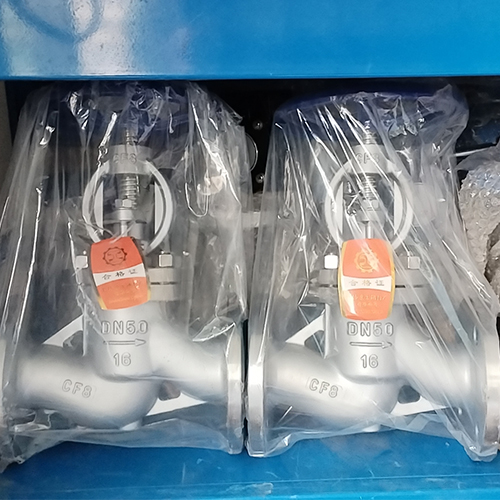
硝酸作为腐蚀性介质中的一员,对金属的腐蚀速度极快,多数金属在其面前迅速 “败下阵来”。不锈钢阀门在常温下对各种浓度的硝酸有着良好的耐受性,是常用的选择。但需要注意的是,含钼的不锈钢阀门,如 316、316L,在硝酸中的耐蚀性并非总是优于普通不锈钢,在某些情况下甚至表现更差。对于高温硝酸,钛及钛合金材料凭借自身独特的耐高温、耐腐蚀性能,成为保障阀门正常运行的可靠之选。
Nitric acid, as a member of corrosive media, corrodes metals at an extremely fast rate, and most metals quickly "lose" in front of it. Stainless steel valves have good tolerance to various concentrations of nitric acid at room temperature and are a commonly used choice. However, it should be noted that stainless steel valves containing molybdenum, such as 316 and 316L, do not always have better corrosion resistance in nitric acid than ordinary stainless steel, and in some cases may even perform worse. For high-temperature nitric acid, titanium and titanium alloy materials have become reliable choices for ensuring the normal operation of valves due to their unique high temperature resistance and corrosion resistance.
从物理特性方面考量,高温介质对阀门材质的考验主要集中在热稳定性与机械性能上。当介质温度持续升高,普通金属材质易出现变形、强度下降等问题。此时,高温合金、陶瓷等材料凭借出色的耐高温性能 “挺身而出”。例如,在高温蒸汽管道中,采用陶瓷或耐高温合金内衬的阀门,能够在高温环境下保持结构稳定,有效防止因热变形导致的泄漏风险。而低温介质,尤其是深冷环境下,普通金属材质会变得脆化,丧失应有的韧性。这时候,低温橡胶、PTFE 等耐寒材料制成的阀门内衬,能在极低温度下保持良好的柔韧性与密封性能,确保介质输送不受影响。
From the perspective of physical properties, the testing of valve materials by high-temperature media mainly focuses on thermal stability and mechanical performance. When the temperature of the medium continues to rise, ordinary metal materials are prone to problems such as deformation and decreased strength. At this time, materials such as high-temperature alloys and ceramics have stepped forward with excellent high-temperature resistance. For example, in high-temperature steam pipelines, valves lined with ceramics or high-temperature resistant alloys can maintain structural stability in high-temperature environments and effectively prevent leakage risks caused by thermal deformation. However, in low-temperature media, especially in cryogenic environments, ordinary metal materials will become brittle and lose their expected toughness. At this point, valve liners made of cold resistant materials such as low-temperature rubber and PTFE can maintain good flexibility and sealing performance at extremely low temperatures, ensuring that medium transport is not affected.
本文由 良工阀门 友情奉献.更多有关的知识请点击 http://www.jnlgvf.com 真诚的态度.为您提供为全面的服务.更多有关的知识我们将会陆续向大家奉献.敬请期待.
This article is a friendly contribution from Lianggong Valve For more related knowledge, please click http://www.jnlgvf.com Sincere attitude To provide you with comprehensive services We will gradually contribute more relevant knowledge to everyone Coming soon.
 企业公告:
企业公告:

